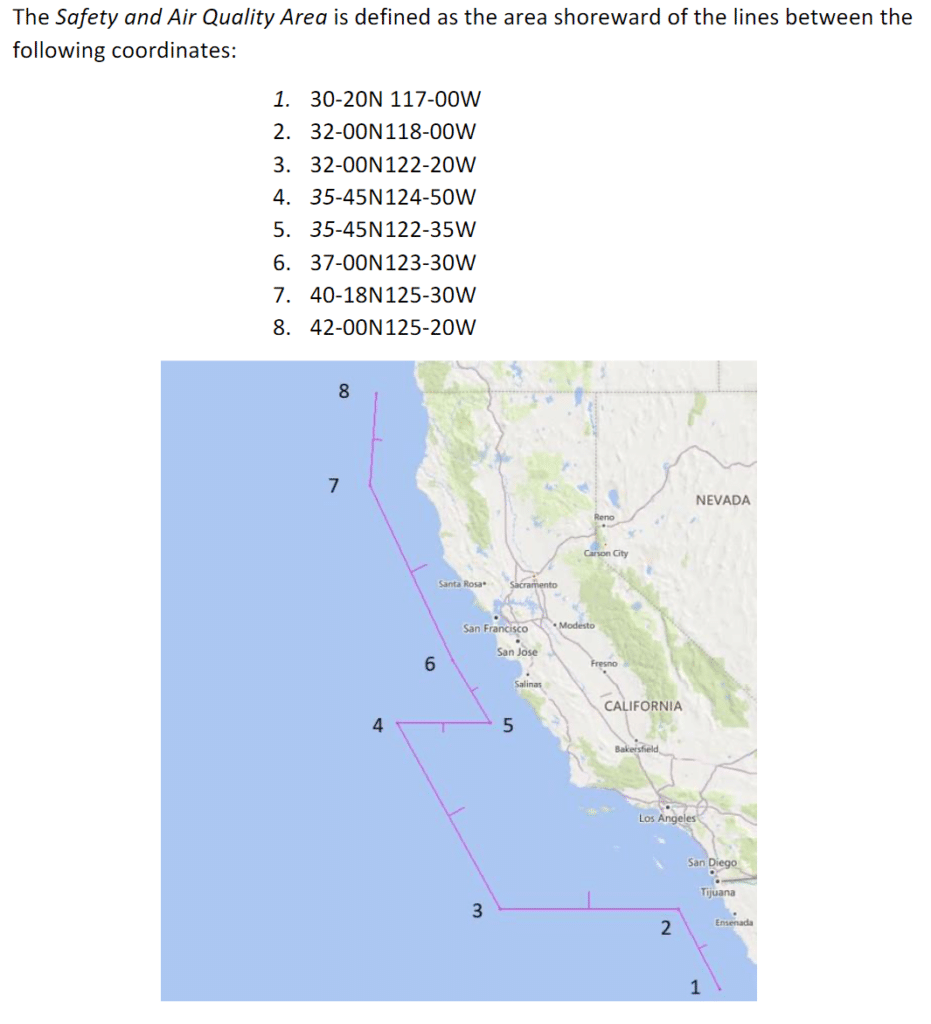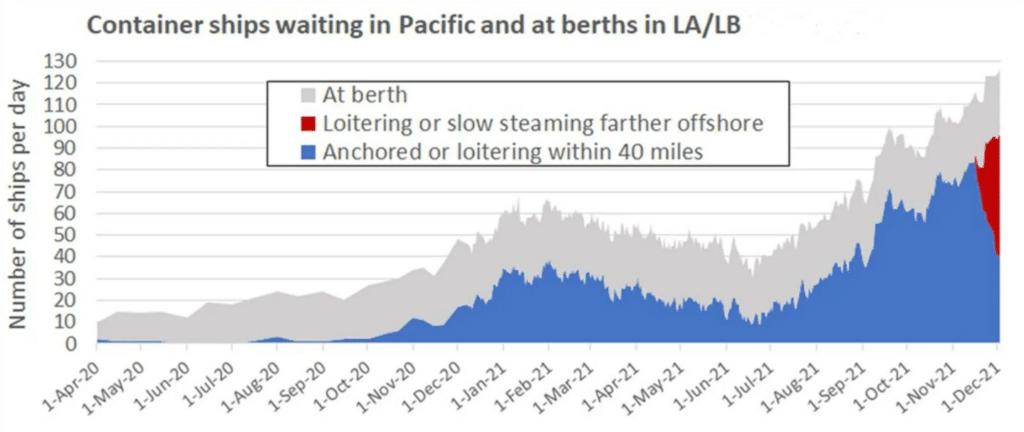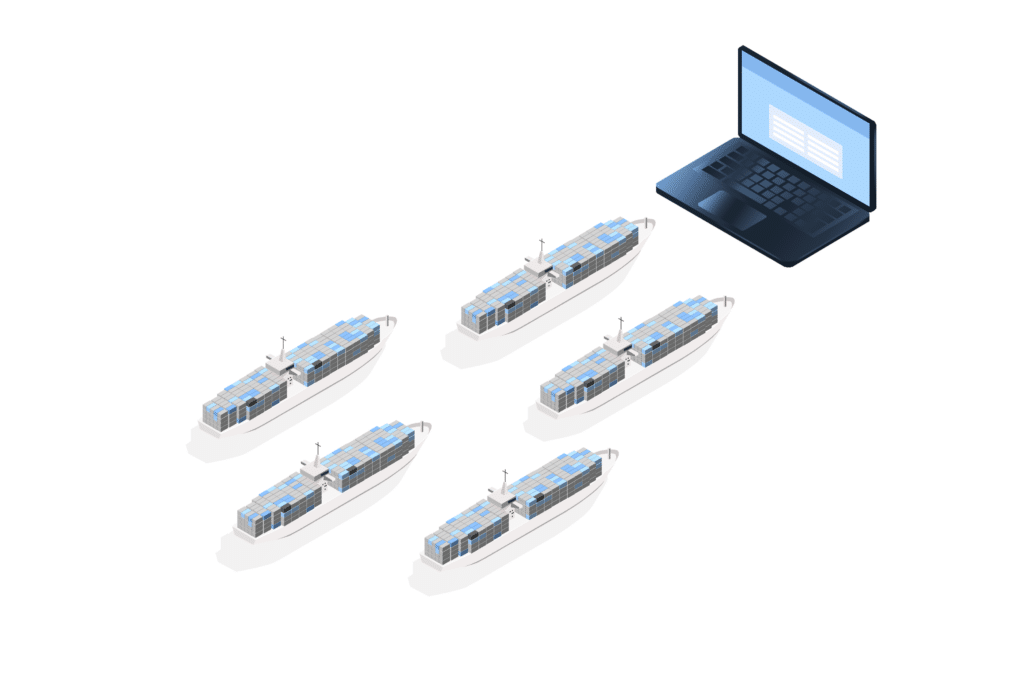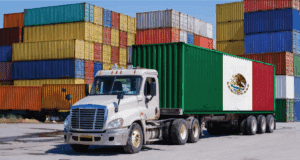Since the beginning of the COVID epidemic, vessel counts in the critical shipping ports of Los Angeles and Long Beach, California, have been climbing ever higher. Each month, greater records have been broken, and current ship counts reach as high as 120+ (including those in port and at berth). The backlog has caused various shipping associations to be concerned about safety and air quality conditions for southern California, and so these associations are fighting back. They have united to form a new policy for vessel queueing that captures vessel placement without the vessels being in range to cause serious air pollution.
In early November 2021, the Pacific Maritime Association, Pacific Merchant Shipping Association, and the Maritime Exchange of Southern California released a new policy for vessel queueing based on that vessel’s estimated arrival to port, rather than first-come, first-served. Before, ships had to line up once they had arrived within 20 nautical miles of San Pedro Bay Port Complex and wait for an available berth. Current wait times have been anywhere from 2-3 weeks according to Maritime Exchange Queueing information – meaning that vessels would sit and pollute as well as create traffic in port.
With the new system, called PacMMS, vessels are queued based on their calculated time of arrival (CTA). Vessels enroll online in PacMMS prior to leaving their last port of call and are queued for a berth based on the date it is estimated that vessel will arrive in port. CTAs are calculated based on the ATD (as reported by the vessel and confirmed by PacMMS), agreed distance from last port of call, and the agreed speed of vessels crossing the pacific. Vessels can, and are encouraged to, wait nearly anywhere in the world outside of the 50×150 mile safety and air quality area (SAQA) with their berth order secure.

With the new PacMMS system, only about 40 vessels are permitted within the SAQA once they are within 72 hours of the reasonably expected berthing time. This significantly reduces the amount of air pollution from so many vessels in close proximity to one another and increases safety by spacing vessels out to sea, rather than by anchoring or loitering close to shore.

“A safe, secure, efficient, reliable and environmentally sound marine transportation system is essential to our economy, which is why this new system is so vital,” said Captain James “Kip” Louttit, Executive Director of Maritime Exchange, in introducing the new queuing process. “Our organization is thrilled to have helped develop a process that relies on comprehensive, real-time data to support the health of our ports.”
PacMMS is not able to assist in the core issue of port congestion. It does not influence dwell times or unloading processes. It does, however, assist in the air quality and safety conditions within the port itself. “We regret that is beyond our ability to influence, but industry took it upon itself to do what could do within the scope of its ability and authority to increase safety and air quality in Southern California, it’s working thus far, and we’re honored to be part of it,” Captain Louttit said.



